How to conjugate in the subjunctive in Spanish for the present tense.
Many people do not know how to conjugate this tricky mood, but with Professor Jason it is a piece of cake! The rules for conjugating a verb in the present subjunctive are actually very simple and straightforward. First, take the desired verb you want to conjugate and figure out it's form in the PRESENT indicative yo form (tener=tengo etc.) Next, drop the last o in the conjugated form of the verb (tengo=teng). Finally, if the verb is an ER or IR verb, add the AR verb endings, if it is an AR verb add the ER verb endings (teng=tenga) note that the yo form of the subjunctive is the same as the el/ella/usted form. There are 5 verbs that DO NOT follow these rules. They are Dar (de with an accent over e) ser (sea), ir (vaya), estar (este with an accent over last e), and saber (sepa). As one last note: after you have done all the steps, pronounce the verb and see if it retains a similar pronunciation to the original verb, if it does not, you must make more changes. If the verb ended in GAR make ending GUE. If it ended in ZAR make ending CE. If it ended in CAR make the ending QUE. If it ended in GER, you must change the ending to JA (to keep the pronunciation of the SILENT g because GA causes the g to take on a hard G sound.)
Just updated your iPhone? You'll find new emoji, enhanced security, podcast transcripts, Apple Cash virtual numbers, and other useful features. There are even new additions hidden within Safari. Find out what's new and changed on your iPhone with the iOS 17.4 update.



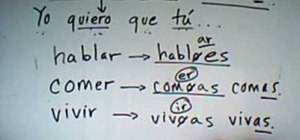







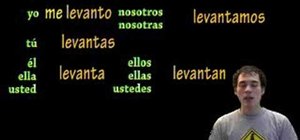














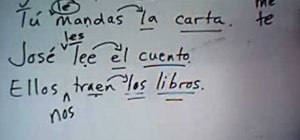



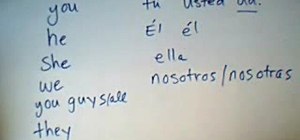


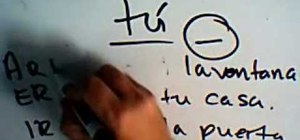

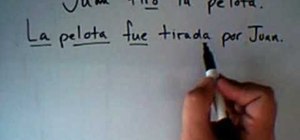

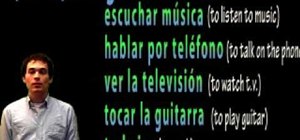
Be the First to Comment
Share Your Thoughts